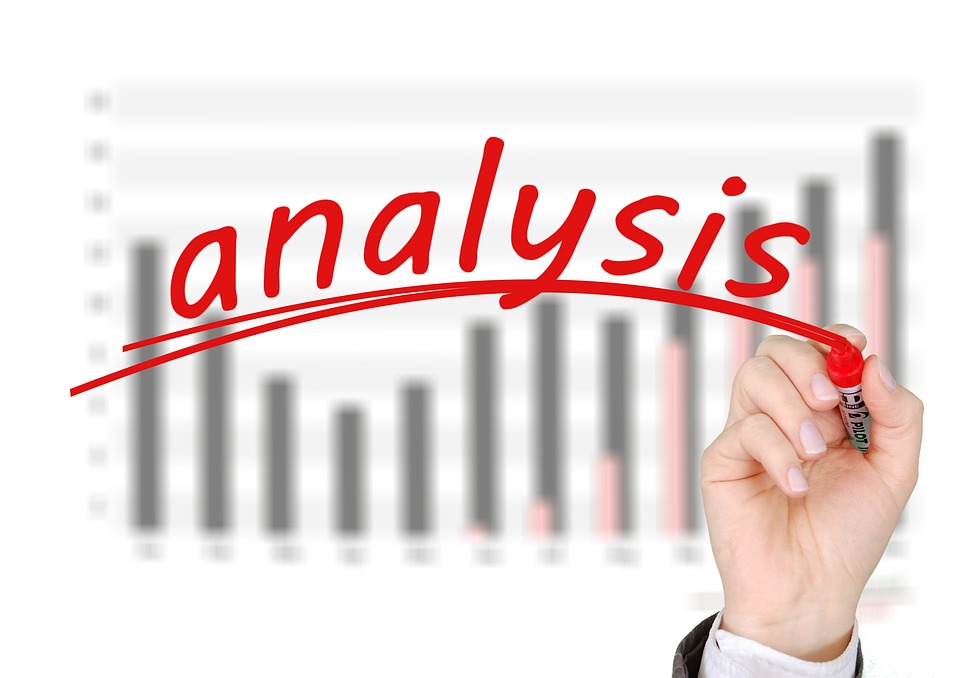The cost of quality plays a huge importance for manufacturers. But, what’s funny here is that many fail to grasp the real understanding of quality costing.
In this blog, I’d like to discuss the costs of quality, for I truly believe that quality should be given more importance than any other element.
Quality Costs

If I had to define quality costs, I’d say it refers to the total of the cost sustained by:
- Investing in the prevention of nonconformance to requirements
- The cost incurred to determine the degree of conformance to quality requirements
- And the cost that follows when failing to meet requirements
Total quality costs = prevention costs + appraisal costs + failure costs
Why Quality Costs?
Hmm… so you are asking why does there has t be such a thing as quality costs, right?
You see, in terms of monetary terms, quality costs can quantify the size of the quality problem in a language that will have an impact on top management and also identify the overall size of quality costs. It can also identify major opportunities for cost reduction.
To quote Crosby, “More and more companies are discovering that controlling the cost of quality helps eliminate problems, reduce excess inventory and increase communication.”
For those who were not aware, quality costs can be up to 30% of company turnover.
Juran likes to call this as “The gold in the mine.”
Quality Cost Models

Now, if you wonder about the use of such models, let me tell you that their objective is to find the level of quality that minimizes the total cost of quality.
And for that, there are two main models:
- P-A-F model
- Crosby’s model
-
P-A-F Model
This model is actually based on the work of Juran – the pioneer of quality costing and who highlighted the traditional tradeoff that contrasts (Prevention + Appraisal costs) with (Failure costs)
On the other side, you’ve go Feigenbaum who identified the different cost categories (Prevention, Appraisal and Failure).
The P-A-F model also emphasizes on the importance of the following costs:
- Prevention costs
- Appraisal costs
- Internal Failure costs
- External Failure costs
Now, we shall discover each of these costs.
Prevention Costs
It refers to the costs of all activities/actions taken that a process provides quality products/services.
Let’s take a look at some examples of prevention cost elements:
- Quality planning
- Design & development of quality measurement, test and control equipment
- Quality review and verification of design
- Calibration & maintenance of measurement, test and control equipment
- Supplier assurance
- Quality training
- Quality auditing
- Quality improvement program
- Acquisition, analysis and reporting of quality data
Appraisal Costs
These are costs incurred to determine the degree of conformance to quality requirements (which do not include costs from rework or re-inspection).
Examples of appraisal cost elements:
- Pre-production verification
- Receiving inspection
- Laboratory acceptance testing
- Inspection and test equipment
- Record storage
- Materials consumed during inspection and testing
- Analysis and reporting of tests and inspection results
- Field performance testing
- Stock evaluation
Internal Failure Costs
These are the costs arising from inadequate quality discovered before the transfer of ownership from supplier to purchaser. And examples include:
- Scrap
- Replacement, rework and repair
- Troubleshooting or defect analysis
- Re-inspection and re-testing
- Fault of subcontractor
- Downgrading
External Failure Costs
On the other hand, external failure costs are costs arising from inadequate quality discovered after the transfer of ownership from supplier to purchaser. And, examples go as follows:
- Complaints
- Warranty claims
- Products rejected and returned
- Discounts to purchasers
- Loss of sales
- Recall costs
-
Crosby’s Model
Certain features of the Crosby’s model bear a strong resemblance to the PAF model.
Let’s take a look at how Crosby defines it:
Cost of quality = Cost of conformances + Cost of nonconformances
Tell us what do you think about quality costing.
Howdy would you mind stating which blog platform you’re
working with? I’m looking to start my own blog in the near future but I’m having a hard time selecting between BlogEngine/Wordpress/B2evolution and Drupal.
The reason I ask is because your design seems different then most blogs and I’m looking for something unique.
P.S Apologies for being off-topic but I had to ask!